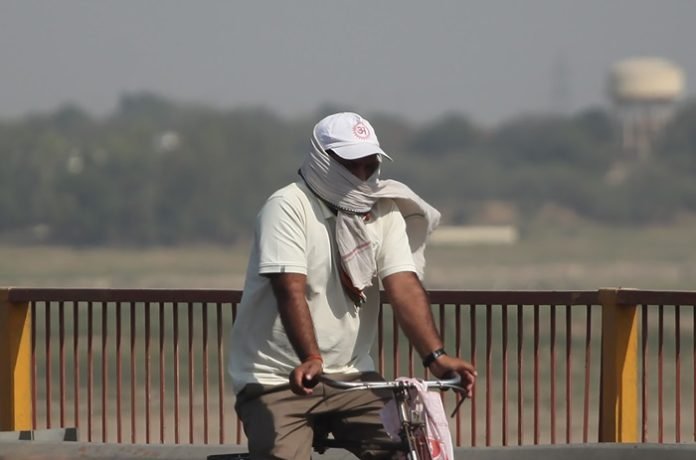
Summer is always harsh. This summer, however, has been especially extreme. It started with the southern, western, and eastern parts of the country battling heatwave conditions, with the mercury reaching 40 degrees in many areas – unheard-of temperatures in some of these regions. As if this was not enough, northwest Delhi is experiencing one of its worst heat waves in recent times. Delhi’s Mungeshpur recorded more than 52 degrees. A few heat-related deaths have also been reported.
Now, one might think, what has a heat wave got to do with a printing and packaging website? Well, there is a direct link as heat waves lead to heat stress, which directly affects productivity. And there are studies to prove that.
And it is not just about summer. Climate change-induced extreme weather events such as severe heat waves or intense and erratic and intense rainfall that leads to flash floods could directly or indirectly affect the industry and economy, which, in turn, can be detrimental to growth. One must remember that many industries are located in vulnerable areas prone to floods, heat conditions, landslides, and cyclones.
An International Labour Organization (ILO) report says that in 2030, 2.2% of total working hours worldwide will be lost because of higher temperatures, a loss equivalent to 80 million full-time jobs. This is equivalent to global economic losses of US$2,400 billion.
“Heat stress refers to heat in excess of what the body can tolerate without suffering physiological impairment. It generally occurs at temperatures above 35°C, in high humidity. Excess heat during work is an occupational health risk; it restricts workers’ physical functions and capabilities, work capacity, and thus, productivity. In extreme cases it can lead to heatstroke, which can be fatal,” the report says.
The regions losing the most working hours are expected to be southern Asia and western Africa, where approximately 5% of working hours are expected to be lost in 2030, corresponding to around 43 million and 9 million jobs, respectively.
Another report by the United Nations Economic and Social Commission for Asia and the Pacific (UNESCAP) says India is expected to lose around 5.8% of daily working hours due to rising temperatures by 2030, leading to erosion in productivity and lower collection of fiscal revenue. According to a World Bank report, India could account for 34 million of the projected 80 million global job losses from heat stress-associated productivity decline by 2030.
McKinsey Global Institute says with 75% of workers in India experiencing heat-related stress, lost labor from rising heat and humidity could result in a loss of up to 4.5% of India’s Gross Domestic Product (GDP) (equivalent to approximately $150-250 billion) by the end of this decade.
A study published in the medical journal The Lancet says India saw a 55% rise in deaths due to extreme heat between 2000-2004 and 2017-2021. Exposure to heat also caused a loss of 167.2 billion potential labor hours among Indians in 2021, the study noted.
Floods have caused no less loss. A World Meteorological Organisation (WMO) report released last year says the Asian region was battered by extreme events driven by climate change, with flooding emerging as a particularly frequent and damaging threat. The report found that India suffered the third-highest losses in the region due to flooding, amounting to over $4.2 billion.
Global insurance giant Swiss Re states that natural catastrophes in India have led to uninsured economic losses of $32.94 billion (Rs 273,500 crore) during the five-year period of 2018-22, indicating the low insurance penetration in the country.
All these reports indicate the seriousness of the problem and point to the immediate need for the industry to wake up to extreme weather events and initiate serious sustainability and adaptability measures – such as making manufacturing plants and offices heat and flood-resilient to the maximum extent possible.
While many companies are doing their bit on the sustainability front, much, much more needs to be done. And these actions should not be limited to planting a few trees on World Environment Day, installing a couple of solar panels, launching a TV campaign, or holding cultural celebrations in 5-star facilities.
There is a need for leading industry bodies to get together and brainstorm to formulate risk-management plans and find long-term adaptation – if not mitigation – measures. Any delay could only exacerbate the problems to a no-return point.








